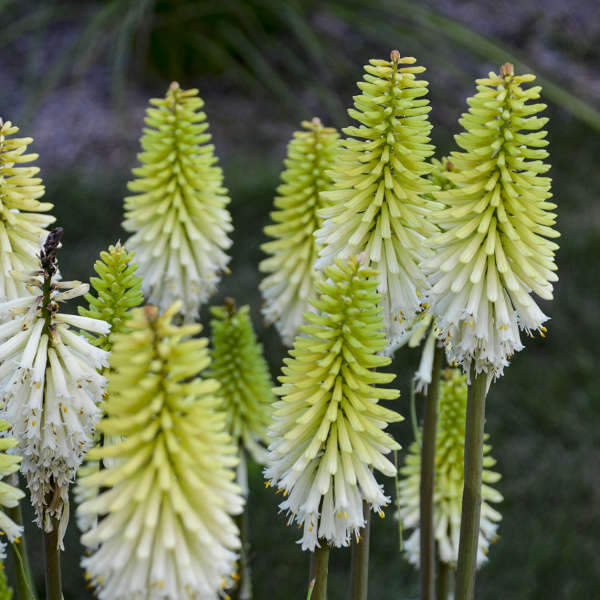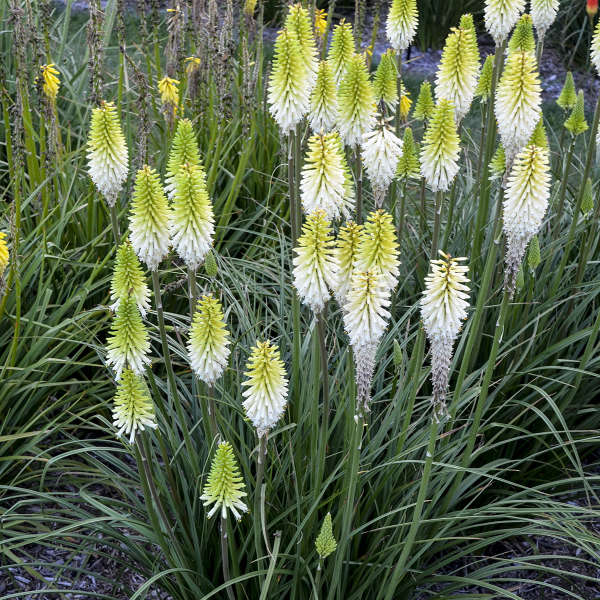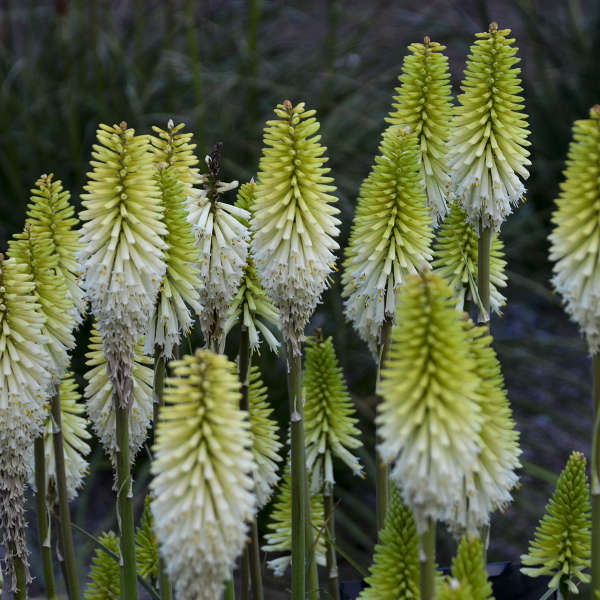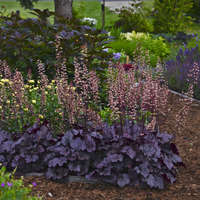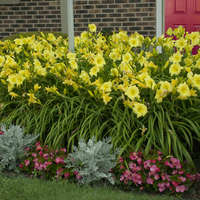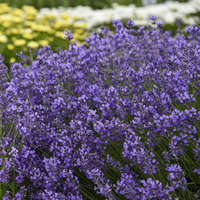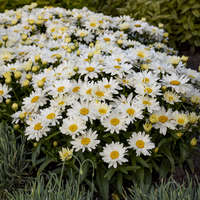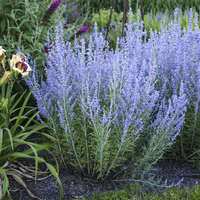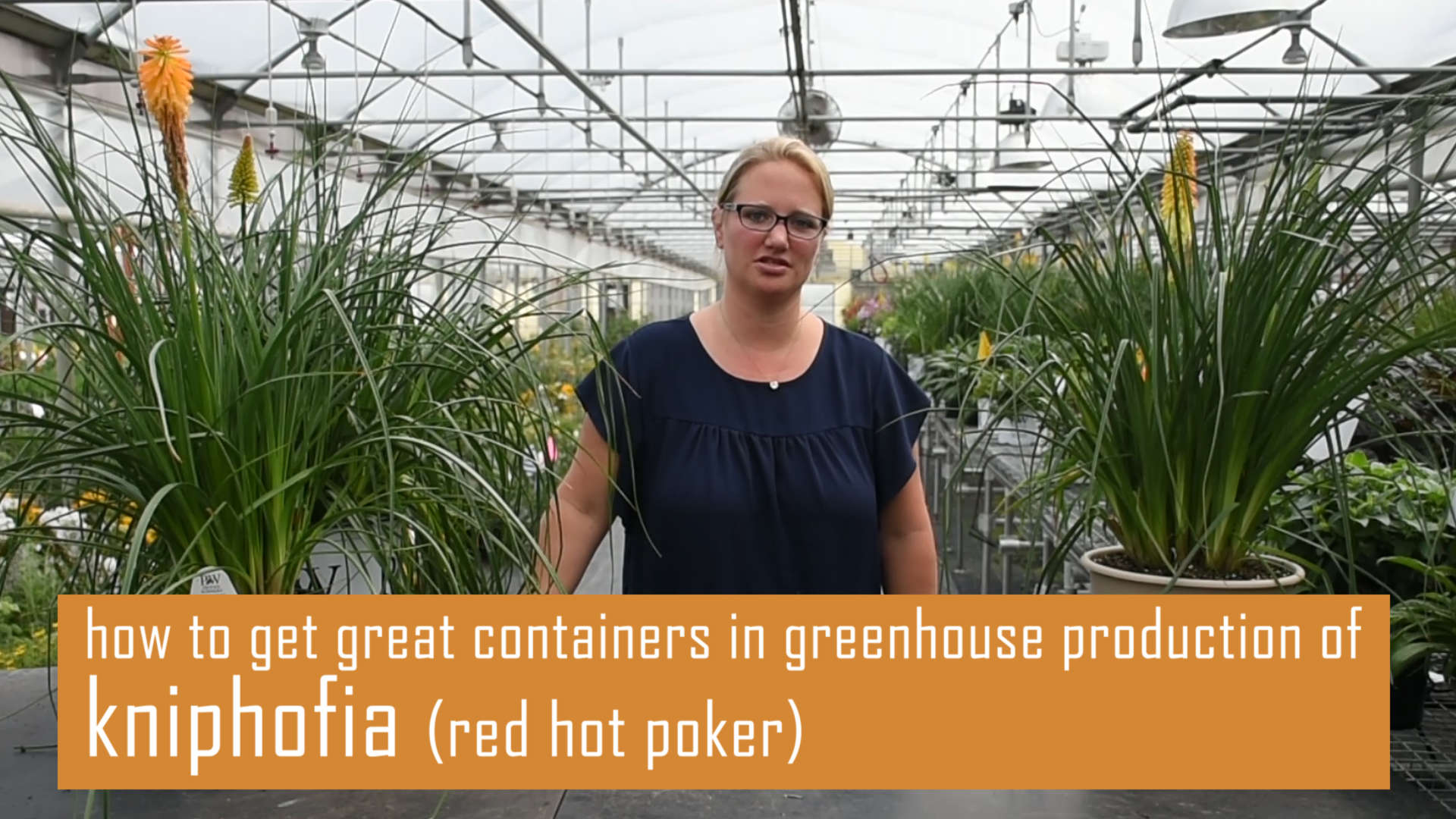Kniphofia 'Lady Luck' PP32261

Common Name: Red Hot Poker
The tallest Kniphofia we offer, 'Lady Luck' lends itself well to create dramatic height in a limited footprint. A mid to late season bloomer, this plant produces chartreuse buds that open to white flowers over top of a very large clump of foliage. It's jam-packed with flower spikes, so you know you'll enjoy a prolonged display in summer.
Tested for hardiness in our Michigan zone 6, heavy snowfall winters, and could be hardier with winter mulch and protection.
Commonly called Red Hot Poker or Torch Lily for their tall flower spikes. These South Africa natives offer tremendous garden value by combining grass-like foliage with tall flower scapes. An excellent perennial for the middle of the border.
Grade #1 Bare Root |
